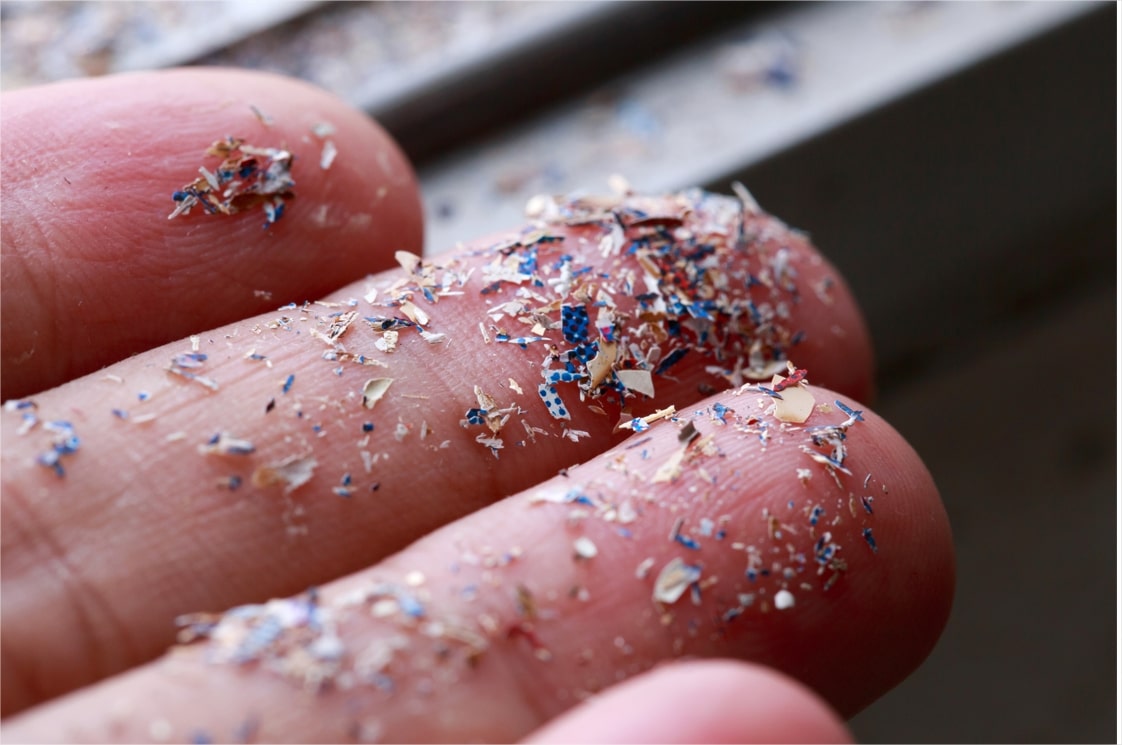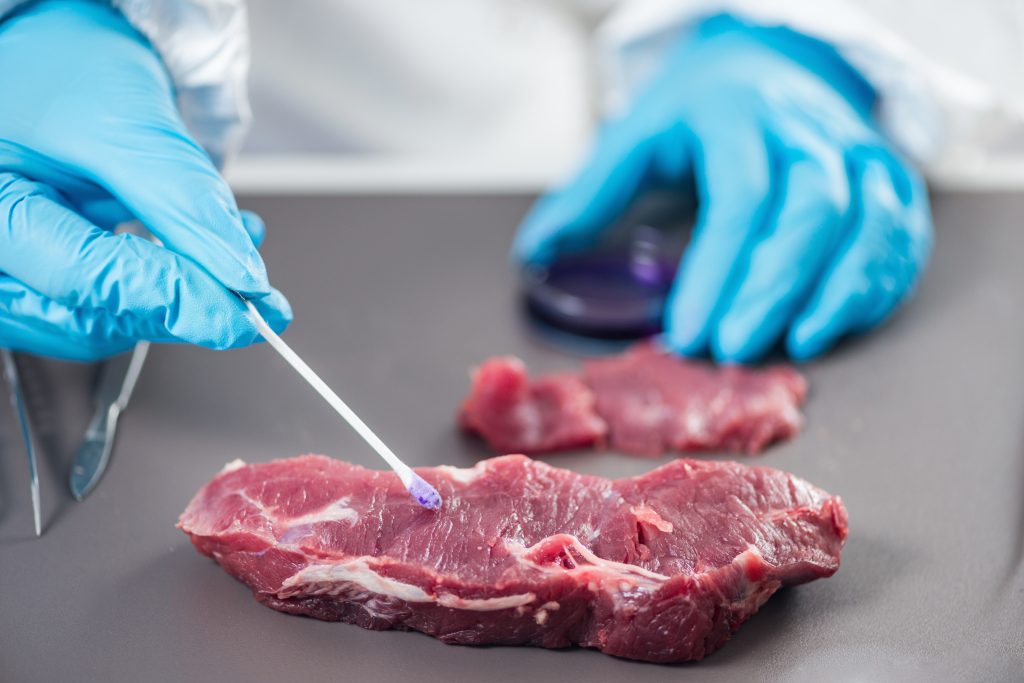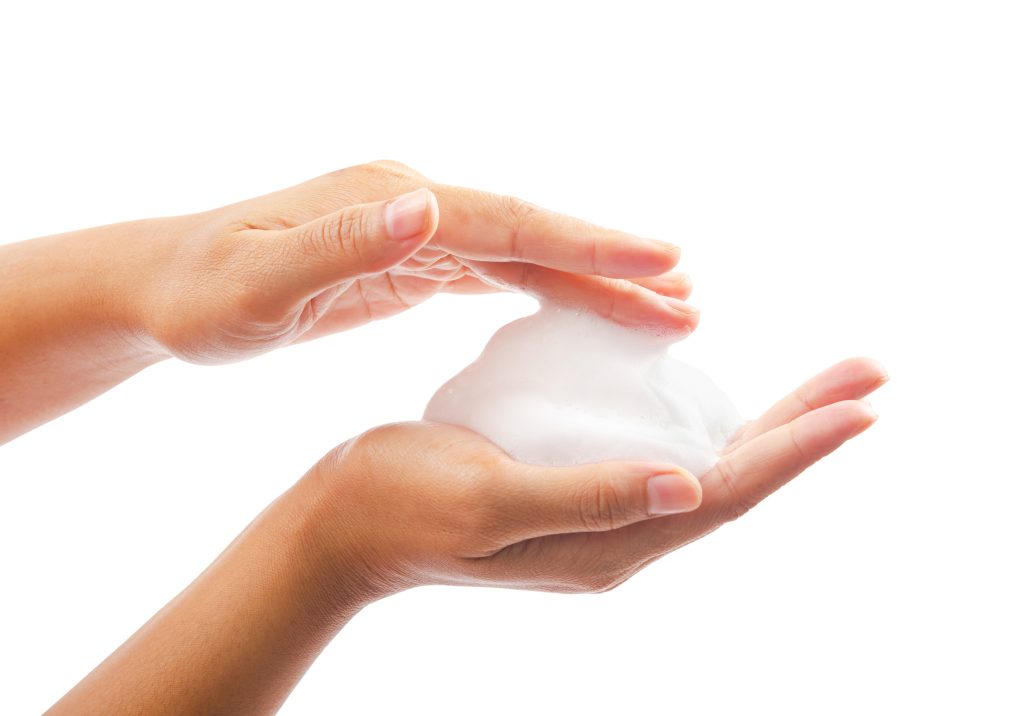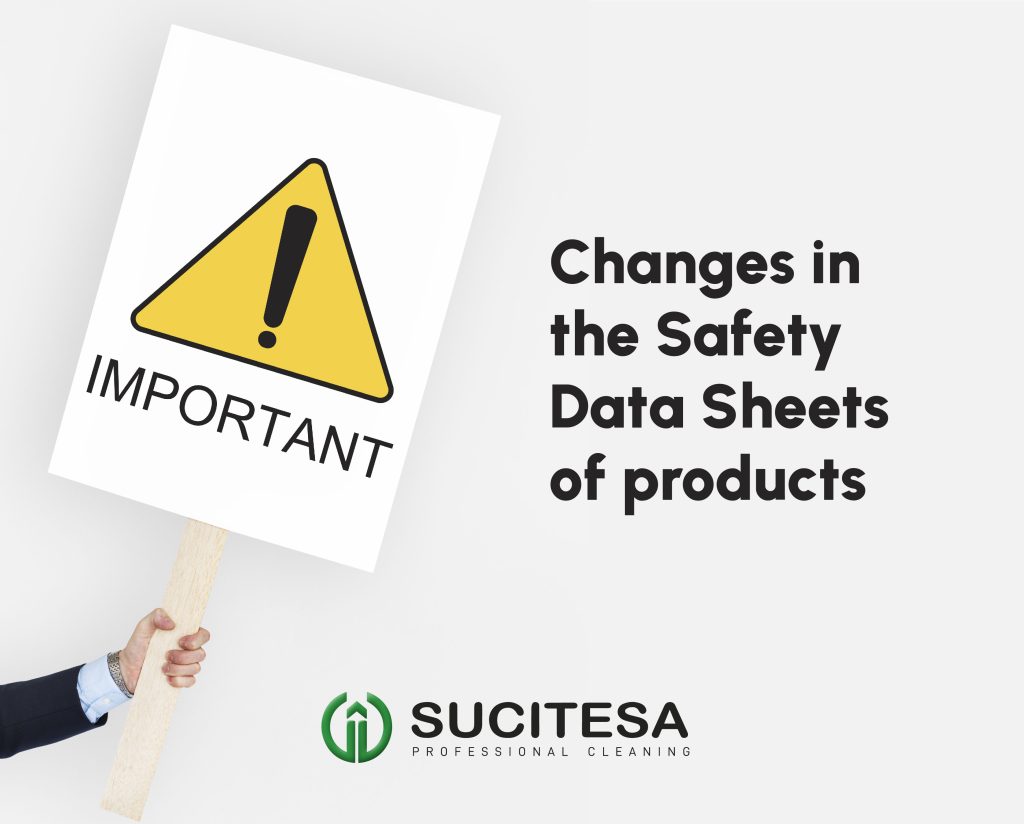Over the past few years, the world’s plastic production has grown exponentially. For one example: despite the greater awareness of society in environmental matters, in 2019, more than a million tons of plastic were produced than in the previous year, reaching the figure of 368 million tons produced. For this reason, measures are being implemented worldwide with the aim of minimizing the generation of waste and promoting the use of recycled and sustainable materials.
A very important part of this plastic waste ends up in the seas and oceans. Due to physical and chemical factors these plastics become smaller plastics of smaller size microplastics (size smaller or equal to 5mm).
Why do they contaminate?
These plastics are formed by substances with a very low degradation capacity. Its size can accumulate in the environment and be ingested by living beings such as plankton, shellfish and fish.
They are a route of entry of chemical substances in the food chain of human beings and in the function of their composition, they can be toxic.
Where does it come from?
The large features of the sources of microplastic origin:
- Primary origin: those that are ingredients of certain products such as medicines and cosmetics.
- Secondary origin: its origin is due to the degradation of other larger plastics.
What are the main sources of microplastics?
After a study carried out by the consultancy EUNOMIA it is concluded that:
- The main terrestrial source: plastic frame and microplastics of primary origin.
- Practically the totality of plastic that enters the ocean ends in the sea floor, source of microplastics of secondary origin.
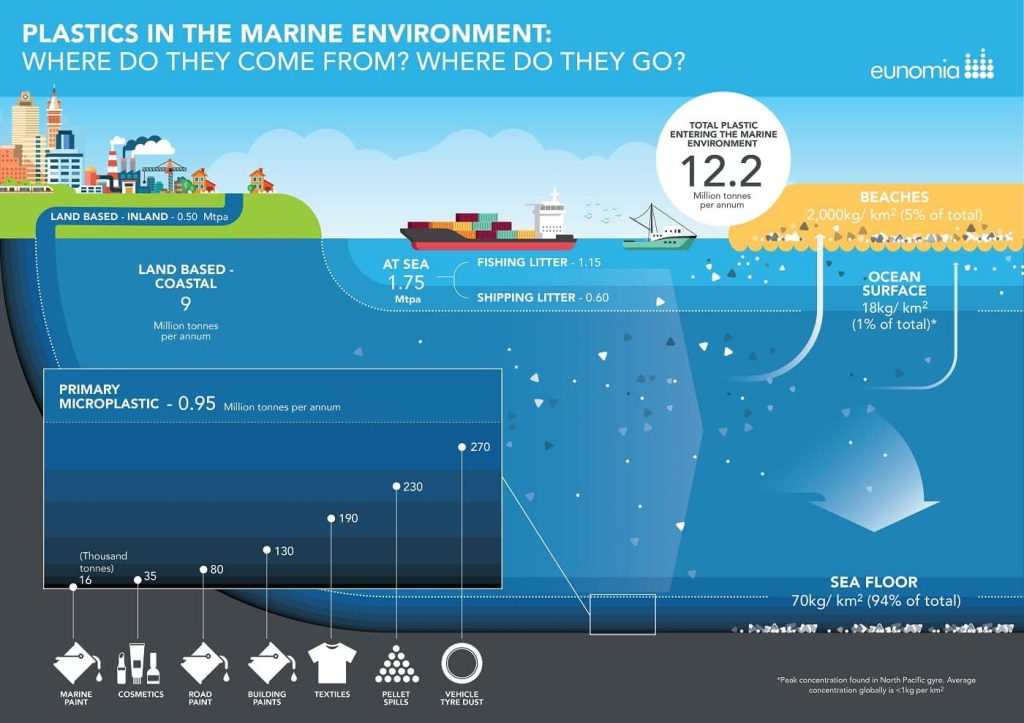
*** Source: Eunomia
According to a report issued by the International Union for the Conservation of Nature (IUCN) on microplastics from:
- 35% comes from washing synthetic clothes
- 28% comes from the degradation of the tires dashing at sea
- 24% dust from the cities
- 2% of personal care product ingredients
- 11% maritime activities and signalization
What use have microplastics in cosmetics?
In order to understand the use of microplastics in cosmetics, let me explain a little bit of the theory of detergent.
In 1959, Dr. Herbert Sinner summarized in a formula called the Sinner circle, the four variables that must be included in any cleaning process. These 4 factors are variable and interdependent and combine with each other depending on the type of surface to be cleaned.
- Working temperature at which we clean
- The time we need for the process to be effective
- Chemical factor, the use of detergents that help to remove the dirt
- Mechanical factor: pressure, strength and friction that has to be exerted to release the dirt
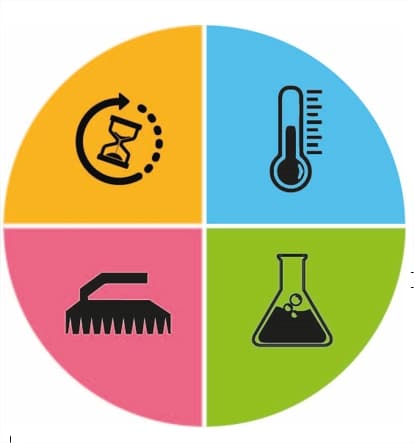
In the cosmetics sector, microplastics are used for a long time as an ingredient in products that require a greater friction of the product on the skin, such as exfoliants, toothpaste or hand soaps for mechanics.
Are there alternatives?
Yeah! At SUCITESA we have an industrial cosmetic hand gel with microbeads of vegetable origin. Equal in effectiveness and without environmental impact.
With TENSOGEN THOR CREAM we contribute to building a healthier world.
